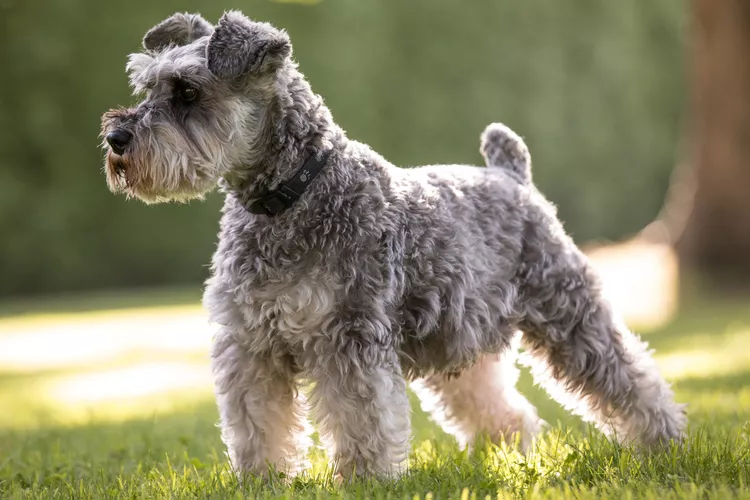
The miniature schnauzer is a small terrier dog from Germany who was bred as a farm dog meant to exterminate vermin. Today, these hardy, feisty little dogs—bred down from the larger standard schnauzer—are favorites of allergy sufferers and apartment dwellers.
Miniature schnauzers don't shed much, so they're considered hypoallergenic. Their size, usually around 1 foot tall and weighing under 20 pounds, can make them perfect for apartments. But mini schnauzers are smart and will frequently bark, so make sure you can keep them busy.
Learn more about the popular miniature schnauzer.
GROUP: Terrier
HEIGHT: 12 to 14 inches
WEIGHT: 11 to 20 pounds
COAT: Medium-length, wiry double coat
COAT COLOR: Black, black and silver, or salt and pepper
LIFE SPAN: 12 to 15 years
TEMPERAMENT: Friendly, lively, alert
HYPOALLERGENIC: Yes
ORIGIN: Germany
Miniature schnauzers typically have a bright and vigilant temperament. They tend to be quite vocal and make for good watchdogs because they’re wary of strangers and devoted to their family. Usually, they're very affectionate and enjoy playtime.
Standard schnauzers can trace their roots back to the 15th century in Germany. They were sturdy working dogs on farms where they protected property, herded livestock, and exterminated vermin. The giant schnauzer, a larger spinoff from the standard, performed those tasks as well.
Then, in the late 19th century, farmers wanted a smaller dog who could hunt vermin. Besides the standard schnauzer, the poodle and affenpinscher also went into creating the mini schnauzer. The combination of these breeds made the mini schnauzer more friendly and eager to please than many other dogs in the terrier group.
Thus, the miniature schnauzer also quickly caught on as a lovable companion dog. Actor Mary Tyler Moore, politicians Elizabeth and Bob Dole, and martial artist/actor Bruce Lee were mini schnauzer owners.
The American Kennel Club first recognized the breed in 1926, and it's one of the most popular breeds in the United States for years. In 2023, the mini schnauzer was the 17th most popular breed, according to the AKC.
Miniature schnauzers need a moderate amount of exercise each day, and they should receive training and socialization from a young age. Plus, their coat needs regular grooming because it rarely sheds.
Miniature schnauzers are no couch potatoes. These little dogs should get at least one hour of exercise per day in the form of various activities, such as:
Puzzle toys also can provide these smart dogs with mental stimulation.
Make sure always to keep your mini schnauzer on a leash or in a fenced area when exercising outdoors. The breed’s strong prey drive can cause them to quickly take off after perceived quarry when given the chance.
The miniature schnauzer has a double coat consisting of a wiry topcoat and soft undercoat. They rarely shed, so they are a bit high maintenance, requiring regular brushing and trimming. And even though no dog is 100% hypoallergenic, the mini schnauzer is a good choice for those with allergies.
A quick daily brushing will remove any loose fur and prevent tangles. You'll also want to clean and brush out their beard, which may collect food and dirt.
Most pet parents opt to take their dog to a groomer every one or two months to have the coat clipped, though you also can learn to do this at home. It’s also important to trim the fur around the eyes regularly so it doesn’t impact their ability to see everything around them clearly.
Plan on a bath roughly every month, depending on how dirty your dog gets. Check your dog’s ears at least weekly for wax buildup and abnormalities, and use ear cleaners made for dogs when needed. Also, make sure your dog’s ears are dry if they’ve gotten wet.
These dogs need a nail trim about every month as well. Plan to brush their teeth daily.
Proper training and socialization are both essential for a happy, well-adjusted miniature schnauzer. Start as young as possible to prevent bad habits from forming. The breed generally learns quickly, but their high intelligence can make them bored with repetitive training. Thus, it’s important to keep training sessions fun, using positive reinforcement methods.
Expose your dog to different people, dogs, and places from a young age. Mini schnauzers are generally semi-open to meeting strangers and other dogs. But because of their prey drive, they might not coexist peacefully with smaller household pets like rodents.
Furthermore, miniature schnauzers can bark a lot. If that bothers you or your neighbors, you can limit the barking through training, exercise, and help from a professional trainer or behavior expert. They may sometimes bark when left alone, meaning separation anxiety could be at play.
The miniature schnauzer overall is healthy, but the breed is prone to some hereditary health issues, including:
Always have fresh water available for your miniature schnauzer. For food, feed them high-quality, nutritionally balanced canine diets. It’s typical to feed two measured meals per day. But you should discuss both the amount and type of diet with your vet to make sure you’re meeting the dog’s needs. Be mindful about treats and other extra food to prevent overeating.
As miniature schnauzers are prone to having high fat levels (hyperlipidemia), some might need a special diet to help manage their fats. This should always be prescribed by a veterinarian.
If you’re looking for a puppy from a reputable breeder, expect to pay around $500 to $2,800 on average, though the price can vary widely.
The mini schnauzer is a fairly popular breed, so it’s worth checking local animal shelters and breed-specific rescue groups for a dog in need of a home.
For further information to help you find a miniature schnauzer, check out:
The miniature schnauzer is a hypoallergenic breed that can make a wonderful family pet. These active dogs are friendly and enjoy a range of fun activities with their humans. However, they have a high prey drive and tendency to bark.
As with any breed, do plenty of research on the miniature schnauzer before deciding to bring one home. Talk to veterinarians, breed pet parents, reputable breeders, and rescue groups to learn more.
If you’re interested in similar breeds, check out:
There’s a whole world of potential dog breeds out there—with a little research, you can find the right one to bring home!
Well-trained and socialized miniature schnauzers can be excellent family dogs. They are typically tolerant of kids and enjoy family playtime.
Miniature schnauzers are prone to barking. Therefore, even though they’re small and can adapt well to various living situations, including apartments, training may be necessary to avoid disturbing neighbors.
Miniature schnauzers are generally sweet dogs, so they're usually not considered aggressive. They do, however, possess a high prey drive, so they might chase small animals.

Cute Pictures & Facts About Calico Cats & Kittens
Learn fascinating facts about calico cats, including photos, the genetics behind this color combination, and common folklore and traditions.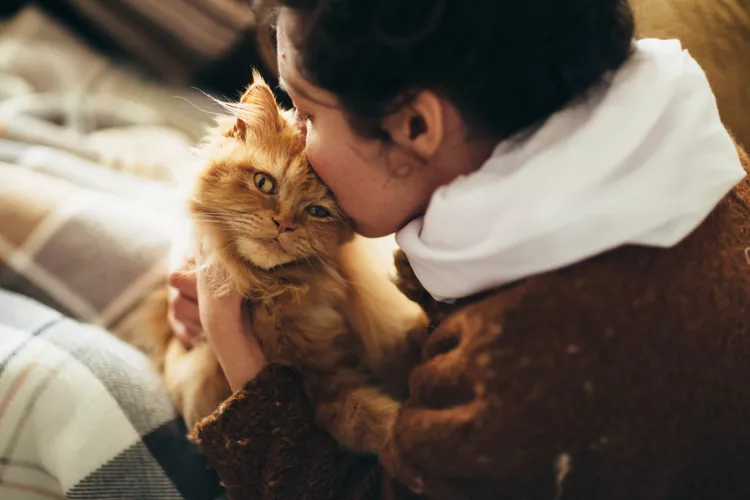
How to Prevent Cat Separation Anxiety During Vacations
Discover why cats develop litter box problems and cat behavior problems when you go on vacation and what you can do about it to help them.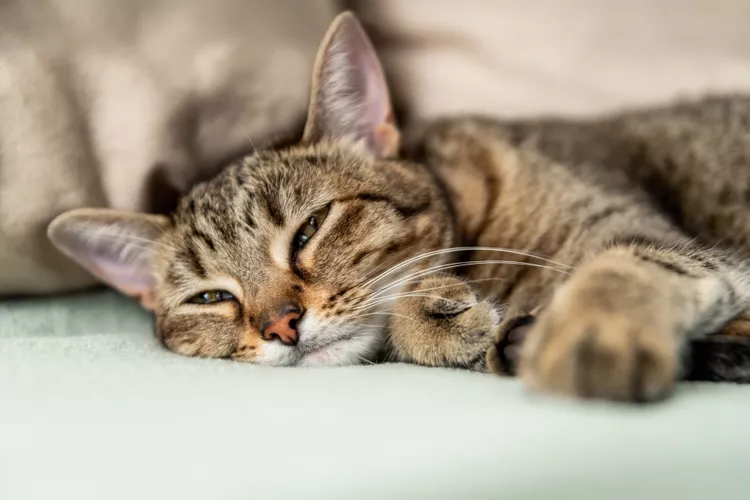
Cat Behavior Changes That Might Mean Something's Wrong
Cats' behavioral changes may indicate problems—or they may mean nothing at all. Explore causes of odd behavior and what to do about them.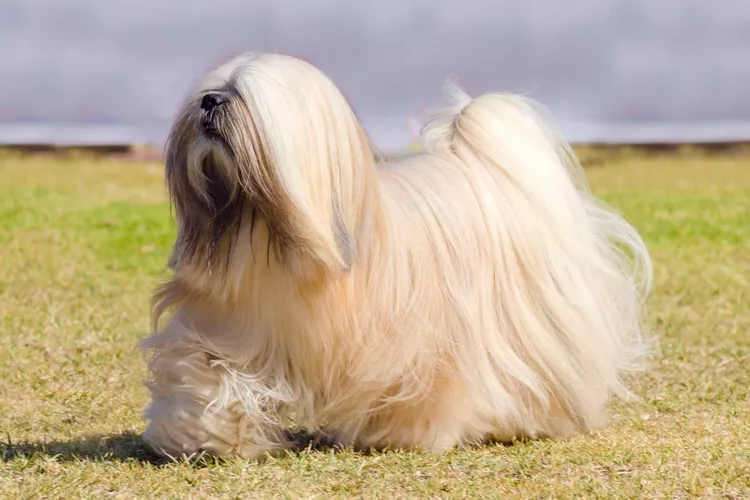
Lhasa Apso: Dog Breed Characteristics & Care
The Lhasa apso is an ancient breed from Tibet that was bred to be a watchdog. Learn about its history, health, exercise needs, and more.
Reasons Why Dogs Run Away and How to Stop It
Dogs can escape, especially if they’re bored and not properly contained. Here are some techniques for stopping your dog from running away.
Can Dogs Get Depression? How to Help Your Sad Dog
Can dogs get depression? Learn about the signs of depression in dogs and find out how to help your sad dog.
How to Stop Aggression in Dogs
Dog aggression can be a serious behavior issue for pet owners. Learn how to stop aggression in dogs before someone gets hurt.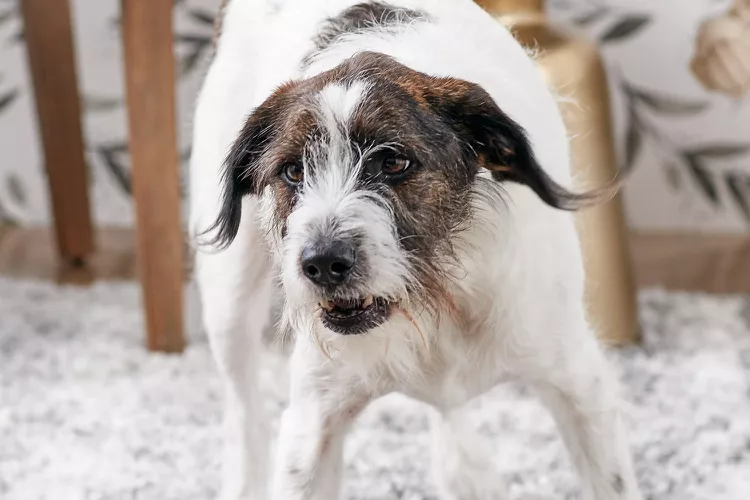
How to Stop Your Dog From Growling
A growling dog can soon become even more aggressive. Reduce the noise and potential for a dangerous situation with some of these techniques.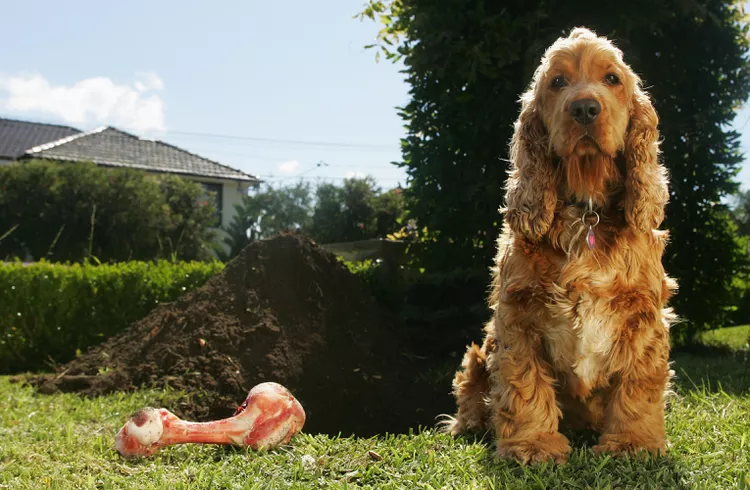
Why Do Dogs Dig Holes? How to Stop Your Dog from Relandscaping Your Yard
Dogs have been digging holes for centuries and for many reasons. Whether they’re bored or want to cool off in the dirt, here are the top reasons why dogs dig holes.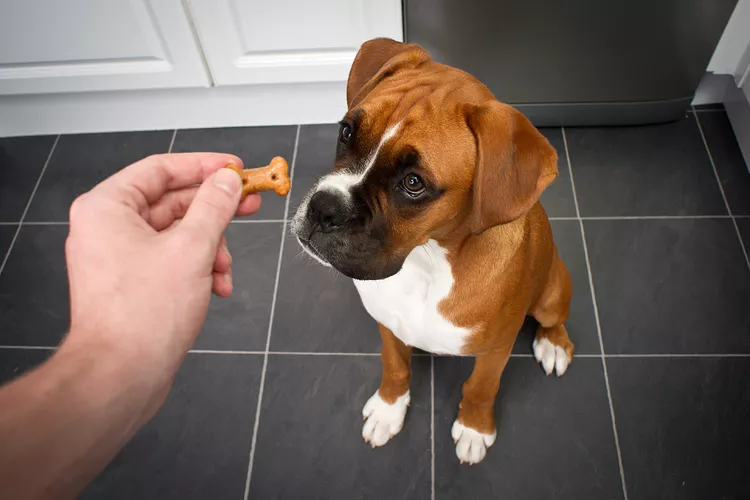
Dog Treat Varieties
Learn about the different types of dog treats on the market and decide which are best for your dog.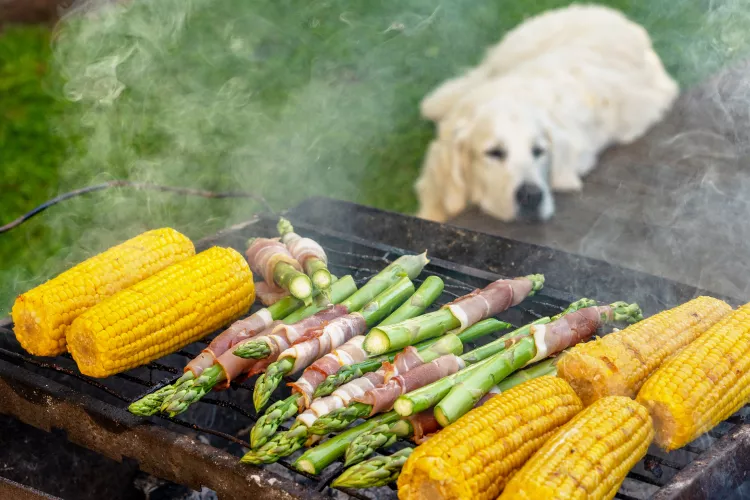
Can Dogs Eat Asparagus?
Dogs can eat asparagus, provided the vegetable is cooked plain and cut up for them. Seasonings, salt, and butter make it unhealthy for dogs.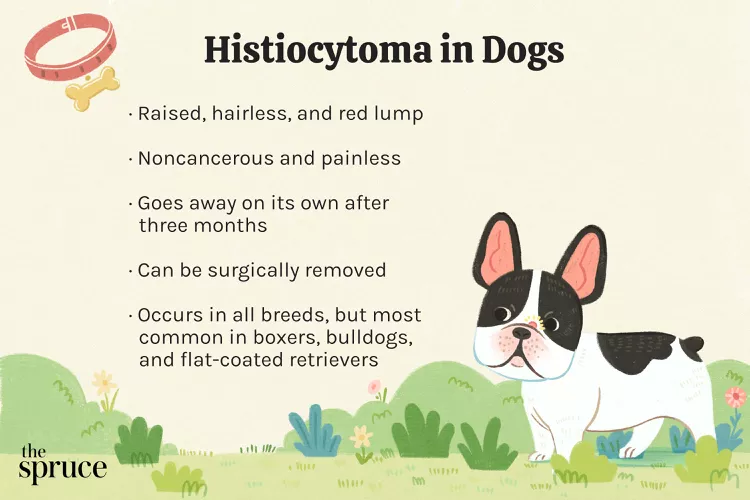
Histiocytomas in Dogs
A histiocytoma is a type of benign (non-cancerous) skin lump that usually affects young dogs. Learn the causes, treatment, and prevention.
Why Is My Dog’s Eye Swollen?
If your dog's eye is swollen, she may need veterinary attention. The inflammation could be caused by allergies, an injury, or even a tumor.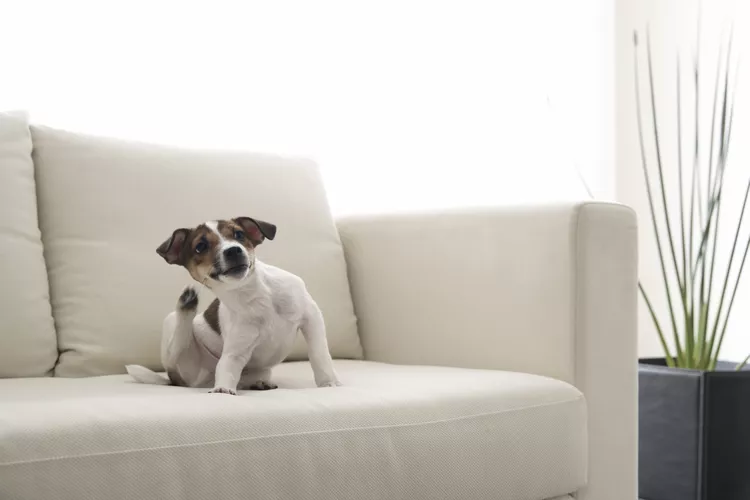
Common Bugs and Parasites Found on and Inside Dogs
Learn about common types of parasites in dogs. Find out how to treat and prevent parasites to keep your dog, your family, and yourself safe.
Exploring the Different Types of Pet-Friendly Beaches
Are you looking for pet-friendly beaches? Learn about the different types of pet-friendly beaches, their locations, and tips for visiting them with your pet.
10 Obscure, Little-known Canine Facts in Honor of National Dog Day
With National Dog Day upon us, it's time to celebrate everything about our favorite pets—even the weirder stuff. Here are 10 obscure facts about dogs you probably didn't know.
Kitten Development From 3 to 6 Months Old
Kittens grow and change a lot during their first year. Find out what happens between the ages of three months and six months old.
95 Siamese Cat Names
Our list of Siamese cat names has diverse and fun options to help you choose the ideal moniker for your elegant and lovable feline companion.
What to Buy for Your New Cat: A List of Essentials
Before you bring your new cat or kitten home, there are a number of things to collect or buy so your cat will feel welcomed like a family member.
The 6 Best Cat Nail Clippers of 2024 for a Safe Trim
Clipping your cat's nails can save your furniture and keep your kitty comfortable. We asked veterinarians for their cat nail clipper recommendations.